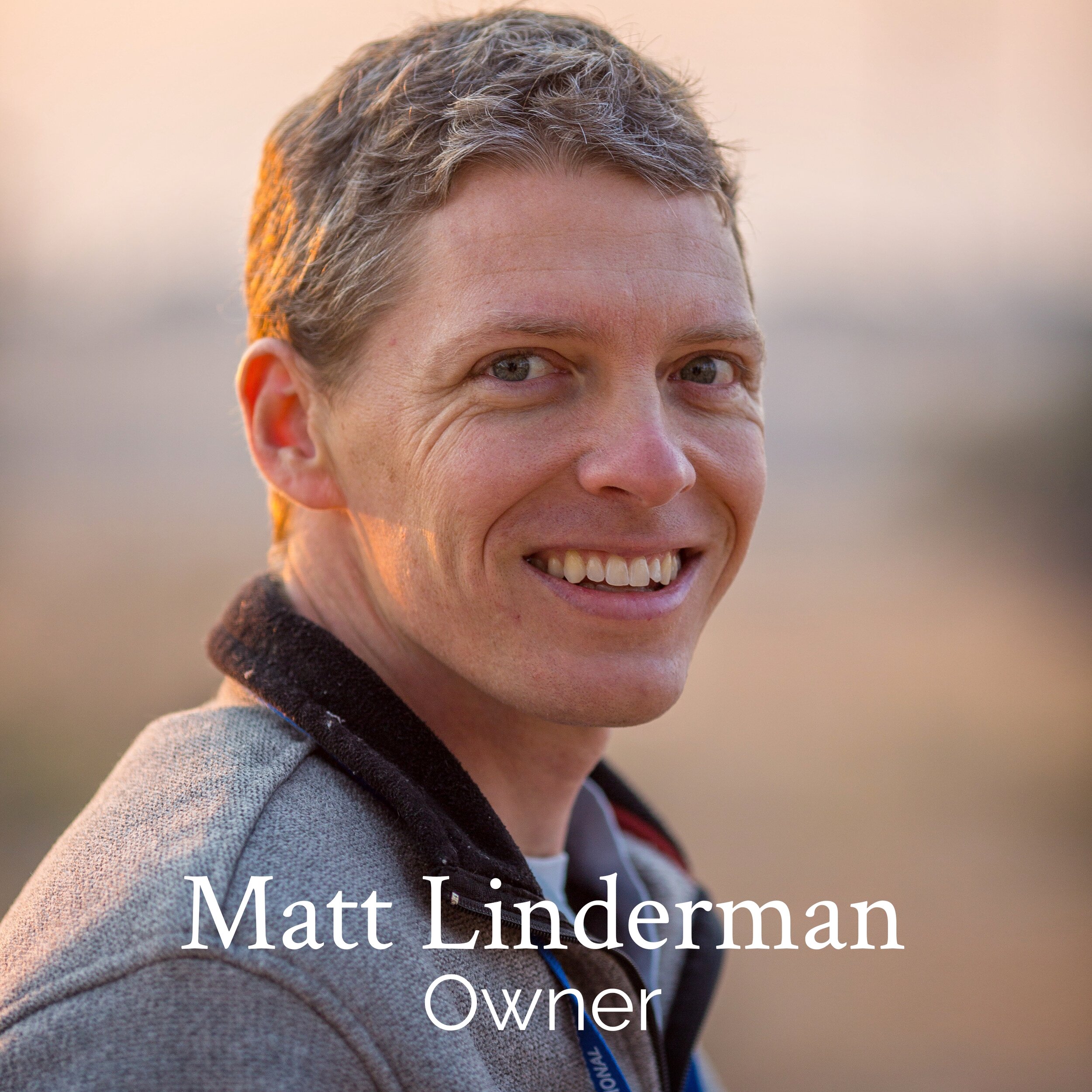Post production is a vital element of any successful video. It can shape the tone, look, and success of your message. You may have a great story to tell, but if it is edited poorly, the point of the story may be lost. Here are a few tips from the team at Mustard Seed Cinema to maximize your editing efforts in post production, creating a visually appealing video that will attract viewers. This is the second of a 2-part series about storytelling. Part 1 discusses the planning stage of finding and crafting a story. Many of the concepts are also import to consider when editing, so check that out.
Find your hook—To start your video, you want to draw in viewers from the onset. Find an intriguing sound bite, compelling image, etc, to get viewers to want to keep watching and give a hint of what is coming. This hook should be very short to grab their attention and make them choose to continue watching the video.
Next, go straight to the problem. Follow the same story format as discussed in Part 1. In order to keep the viewer interested in the story, introduce the conflict in the story. It’s important to show the problem, then the solution, then the impact your organization has—what success looks and feels like.
Clarity is key. The audience should never be confused (this isn’t a mystery blockbuster - it’s a promotional video). You might have to cut some parts or add in a line from the interview that you would otherwise choose not to, except to avoid confusing the audience. Sometimes introducing too many people too quickly or without a strong connection to the story can be confusing too. Watch it from the perspective of the target audience, without all the context and background that you might have.
Tell the same story through different perspectives. One great way to keep the story moving and keep it interesting this is to cut between two or more people explaining the same event. It provides different perspectives and can help fill in some of the gaps in the story.
Finish Strong: Find a compelling, touching quote for conclusion - something that pulls it together and drives home the point you are making in the video. Keep in mind the hero and theme as discussed in Part 1. This is important throughout the video, but especially when creating the ending.
Don’t show a talking head; cover it with b-roll. Try to use as little of the video (actual interview) as possible. Establish the interviewee at the beginning but cover most of it with b-roll to make the video more interesting. We want to hear the interviewee’s words, but see pertinent video, photos, archived material and graphics. This helps us simultaneously utilize words and visuals to more effectively convey the message.
Editing workflow: When cutting together your initial story, clips from the interview or script come first—the main audio—which should stand on its own to tell the story and flow nicely. Then, you add music and b-roll on top of that.
Pacing is key! It’s good sometimes to give a little space between quotes by bringing up music or video but no talking. It breaks up the video and offers a little breathing room between thoughts. You can also try breaking it up by using some of the B-roll dialogue. Don’t be afraid to change the music or eliminate music for certain parts to fit the mood of the section. It’s also helpful to intersperse segments of fast paced cuts with longer smooth slow motion shots. If the vibe and pacing is the same throughout the entire video, the viewer is more likely to loose interest, so switch it up when you can.
Following these editing tips will result in a more clear and captivating video for your organization that will be positioned to move people to action. Good luck and have fun!



